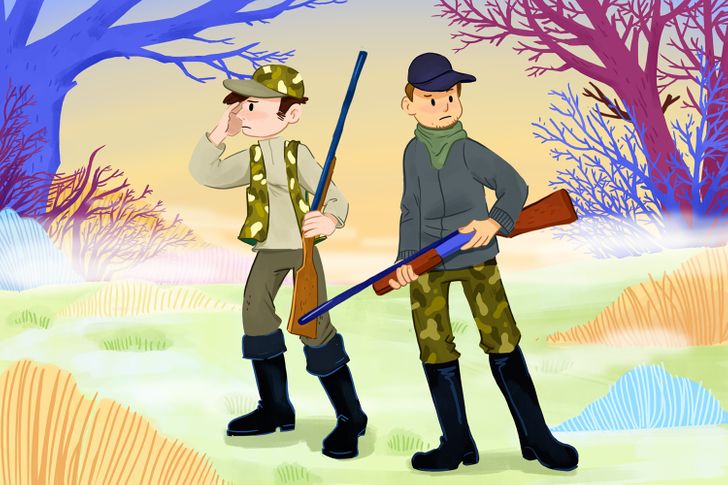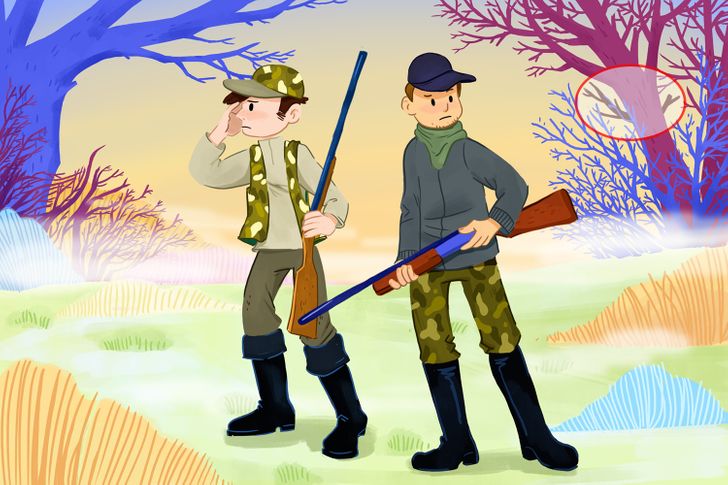In recent times, optical illusions have gained immense popularity as a fun and engaging way to test one’s observation skills and mental sharpness. One such fascinating brain teaser that has captured widespread attention features a complex forest scene where a deer is cleverly hidden amidst the trees. The challenge asks participants to find the deer before the hunters do, turning this illusion into an exciting test of perceptive abilities and focus. This exercise not only offers entertainment but also highlights the remarkable ways our brains interpret visual information.
The Hidden Deer Mystery

The forest image in question is a masterclass in camouflage, crafted so that the deer blends almost seamlessly with its surroundings. At first glance, the dense clusters of trees and foliage appear ordinary, but hidden within is a silhouette of the deer cleverly integrated into the scene. This optical illusion plays on colour, shapes, and shadows to trick the eye. The difficulty in locating the deer demonstrates how human perception relies heavily on patterns and contrasts. Many viewers have admitted to staring at the picture for an extended time, unable to pinpoint the elusive animal, which speaks to the puzzle’s intriguing complexity.
Why Optical Illusions Matter
Optical illusions like this one serve more than just a recreational purpose; they offer insights into cognitive function and brain processes. The way our brains decode poorly contrasted images, make sense of visual cues, and fill missing information is central to understanding human perception. For example, by focusing closely on the right side of the forest image, one can eventually spot the hidden deer, revealing how the brain needs patience and refined attention to detail. Regular engagement in such exercises can sharpen concentration, improve problem-solving skills, and keep the mind agile—all important aspects for people of all ages but especially valuable for maintaining cognitive health over time.
The Challenge for Australian Viewers
For Australian readers who have an interest in wildlife and natural landscapes, this optical illusion challenge resonates on a special level. The forest setting reminds many Australians of their own rich and diverse bushland environments, making the search for the deer both familiar and relatable. Beyond enjoyment, the illusion invites a moment of mindfulness, encouraging people to slow down and engage deeply with the visual world around them. This mindful observation holds relevance not only in puzzles but also in day-to-day appreciation of Australia’s natural heritage and wildlife conservation efforts.
Optical Illusion Answer

If you take on this optical illusion challenge, remember that spotting the deer quickly is not a matter of luck but of careful observation and patience. Many people find the deer by scanning methodically and shifting focus to subtle shapes and colours right within the trees. Completing this challenge in under 13 seconds is often touted as a sign of extraordinary perception and intelligence. Even if the deer remains hidden on the first try, it is a rewarding exercise in training your eyes and brain to work in harmony. As optical illusions continue to captivate audiences worldwide, this forest deer puzzle stands out as a clever, visually engaging reminder of the power of perception and the joy of solving mysteries in everyday moments.










